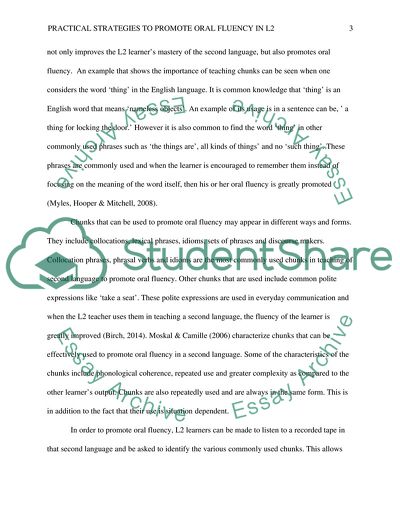Cite this document
(Practical Classroom Strategies to Promote L2 Oral Fluency Coursework Example | Topics and Well Written Essays - 2000 words, n.d.)
Practical Classroom Strategies to Promote L2 Oral Fluency Coursework Example | Topics and Well Written Essays - 2000 words. https://studentshare.org/education/1847912-practical-classroom-strategies-to-promote-l2-oral-fluency
Practical Classroom Strategies to Promote L2 Oral Fluency Coursework Example | Topics and Well Written Essays - 2000 words. https://studentshare.org/education/1847912-practical-classroom-strategies-to-promote-l2-oral-fluency
(Practical Classroom Strategies to Promote L2 Oral Fluency Coursework Example | Topics and Well Written Essays - 2000 Words)
Practical Classroom Strategies to Promote L2 Oral Fluency Coursework Example | Topics and Well Written Essays - 2000 Words. https://studentshare.org/education/1847912-practical-classroom-strategies-to-promote-l2-oral-fluency.
Practical Classroom Strategies to Promote L2 Oral Fluency Coursework Example | Topics and Well Written Essays - 2000 Words. https://studentshare.org/education/1847912-practical-classroom-strategies-to-promote-l2-oral-fluency.
“Practical Classroom Strategies to Promote L2 Oral Fluency Coursework Example | Topics and Well Written Essays - 2000 Words”. https://studentshare.org/education/1847912-practical-classroom-strategies-to-promote-l2-oral-fluency.


